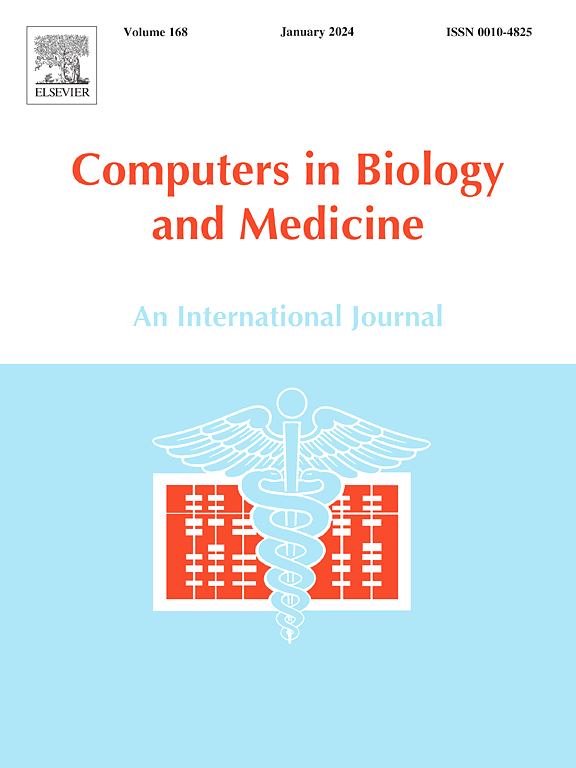Microscopic-based analysis of nuclei in spheroids via SUNSHINE: An on-chip workflow integrating optical clearing, fluorescence calibration and supervoxel segmentation
IF 7
2区 医学
Q1 BIOLOGY
引用次数: 0
Abstract
Multicellular spheroids (MCSs) are increasingly employed as 3D cell culture models in biomedical research due to their ability to effectively replicate in vivo cell interactions, making them suitable for high-throughput drug screening. Accurate cell counting is critical for data normalization, therapeutic evaluation, and exploration of culture conditions; however, affordable software solutions for 3D cell counting using microscopic images are limited. To fill this gap, we created SUNSHINE, an innovative on-chip analytical workflow that uniquely merges optical clearing, histogram matching (HM)-assisted fluorescence calibration, and simple linear iterative clustering (SLIC) supervoxel segmentation. This tool offers an efficient method for analyzing the characteristics and counts of fluorescence-labeled nuclei within MCSs. While optical clearing improves the penetration depth of microscopic imaging, deeper regions of thicker samples often yield faint fluorescence signals. SUNSHINE resolves this issue through the HM image post-processing algorithm. Moreover, SLIC is an effective alternative to traditional contour-wise segmentation, enabling the identification of irregularly shaped fluorescent nuclei. We found that SUNSHINE generated results comparable to commercial software like Imaris and machine learning (ML)-based tools, such as StarDist and Cellpose, in our analysis of the effects of seeding density and cell type on spheroid growth. We also used it to measure the volume and spatial distribution of nuclei, focusing on the hypoxic and peripheral regions of spheroids. Overall, this study finds that SUNSHINE serves as a valuable and economical approach for characterizing cellular activity and interactions in 3D, diminishing the reliance on costly proprietary software.

求助全文
约1分钟内获得全文
求助全文
来源期刊

Computers in biology and medicine
工程技术-工程:生物医学
CiteScore
11.70
自引率
10.40%
发文量
1086
审稿时长
74 days
期刊介绍:
Computers in Biology and Medicine is an international forum for sharing groundbreaking advancements in the use of computers in bioscience and medicine. This journal serves as a medium for communicating essential research, instruction, ideas, and information regarding the rapidly evolving field of computer applications in these domains. By encouraging the exchange of knowledge, we aim to facilitate progress and innovation in the utilization of computers in biology and medicine.
 求助内容:
求助内容: 应助结果提醒方式:
应助结果提醒方式:


